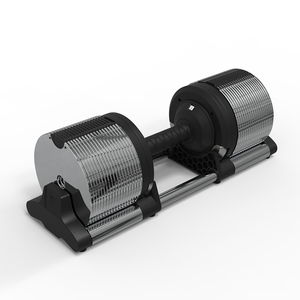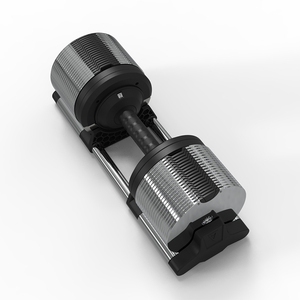Introduction to Barbell Types
Barbells are essential tools in strength training and weightlifting, serving a variety of fitness enthusiasts, from beginners to professional athletes. Understanding the different barbell types available can enhance workout efficiency and help individuals target specific muscle groups. By effectively integrating these weights into your routine, you can optimize strength gains, increase endurance, and improve overall fitness.
Types of Barbell Types
Barbell types come in several varieties, each designed to cater to different uses, skill levels, and workout goals. Here are some of the most common barbell types you may encounter:
- Olympic Barbell: These are the standard barbells used in competitions, typically measuring 2.2 meters in length and weighing 20 kg for men and 15 kg for women. They accommodate Olympic weight plates and have rotating sleeves for improved lifting technique.
- Standard Barbell: Generally shorter and lighter than Olympic barbells, standard barbells vary in width and weight but commonly weigh around 5-10kg. They are ideal for home gym setups and casual fitness enthusiasts.
- EZ Curl Bar: This bar features a zigzag shape, allowing for a more natural grip during curls and tricep extensions, which reduces stress on the wrists and forearms.
- Hex Bar: Also known as a trap bar, the hex bar enables lifters to position themselves inside the bar, providing balance and reducing stress on the lower back during deadlifts.
- Power Bar: A stiffer bar designed for powerlifting, it has a thicker shaft and minimal whip to handle heavy weights during competition lifts such as squats, bench presses, and deadlifts.
Applications of Barbell Types
The versatility of barbell types allows for a range of exercise applications across various fitness regimes. Here’s how each type can enhance your training:
- Olympic Barbells: Perfect for Olympic lifts such as snatches and cleans, allowing for dynamic, explosive movements necessary in competitive settings.
- Standard Barbells: An excellent choice for general strength training; suitable for exercises like bench presses, squats, and rows.
- EZ Curl Bars: Ideal for bicep curls and tricep extensions, promoting a more ergonomic lifting position that minimizes joint stress.
- Hex Bars: Highly beneficial for deadlifting, as they shift your center of gravity and facilitate proper lifting posture, reducing the risk of injury.
- Power Bars: Best suited for powerlifting competitions where the focus is on strength; allows for raw power training without any elastic resistance.
Features and Advantages of Barbell Types
Each barbell type comes equipped with distinct features that enhance their usability and effectiveness.
- Durability: Most barbells are constructed from high-grade steel, ensuring they can handle the stresses of heavy weights without bending or breaking.
- Knurling: Textured grips on the bar provide better traction and control, allowing athletes to lift with confidence, especially during heavy sets.
- Weight Capacity: Different barbells have varying weight limits, catering to lifters based on their training level and objectives.
- Customizable: Many barbells allow users to add or remove weight plates, making it easy to adjust resistance according to personal fitness goals.
- Versatile Usage: From isolating specific muscle groups with curls to compound movements like squats and deadlifts, barbells offer versatility for a comprehensive gym routine.










































 Ready to Ship
Ready to Ship



